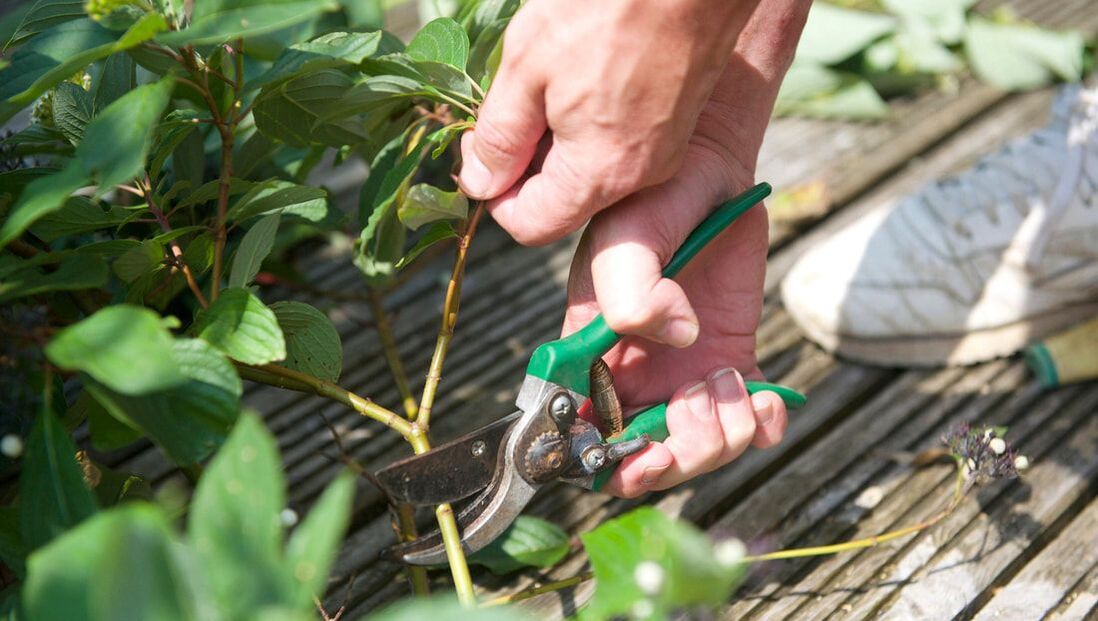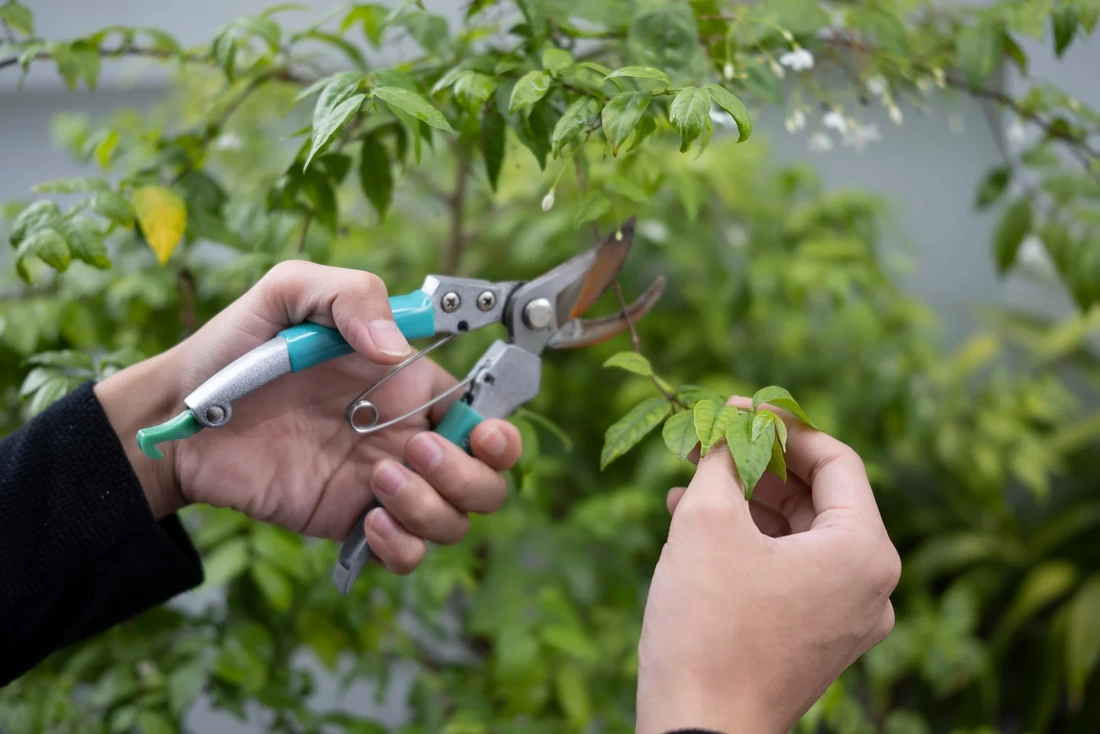|
Do you have the time and the talent to trim and prune your plants, shrubs, or trees? Do you want to learn how to take care of your landscape trees and bushes correctly, or would you prefer to hire a well-trained professional to do the job? Trimming and pruning plants and trees to remove diseased, damaged, or dead parts to encourage healthy growth and improve airflow is important. Pruning also helps shape and control plants, shrubs, and trees, making them healthier. Pruning is a task that must be approached with the appropriate methods and tools during the correct season for each plant. The following tips will help property owners learn how to prune trees, shrubs, and perennials in their yards. 1. Basic Pruning TechniquesWhen you prune, make the proper cuts so it will not damage the plant.
2. Spring Pruning TipsIt is essential to prune at the correct times for each plant or tree. Look up the growing information for each tree or plant, and follow the basic rules of thumb. Flowering shrubs, hedges, and perennials bloom in the spring. Please wait until after they bloom to give the plants the care and pruning they need.
3. Summer Pruning BasicsMost pruning is done in the spring and fall, but it may also benefit some plants and trees in the summer.
4. Fall Pruning AdviceChoose the correct fall pruning projects. Corrective pruning is one task for the fall, and this means removing branches that interfere with the whole landscape, including branches that could cause damage during storms or interfere with other plants. The second reason to do fall pruning is to remove damaged or diseased limbs. Careful removal can also be used to let in more light and reduce the need for pesticides.
5. Winter Pruning TipsThe trees and shrubs can be invigorated by winter pruning. A careful trim can help plants produce more flowers and prevent damage from pests and diseases. Deciduous trees should be pruned in the winter while they are dormant to encourage more growth in the spring. Trees in their dormant state make it easier to see the branch structure. Fruit trees can be pruned mid-winter to open them up to more light, and it might be safer than in-season pruning. During winter, pruning concentrate on diseased, dead, or damaged branches. Remove these branches before doing any other pruning. Trees like birch, dogwood, maple, elm, and other "bleeding trees" will lose sap after winter pruning, but the trees are not harmed.
6. Trimming Hedges CorrectlyHedges need care in pruning.
7. Pruning Perennials RightPerennials can benefit from careful pruning when dormant and in the season to ensure long life.
8. More Advice For Pruning TreesTake care when pruning trees, and think about safety. Only prune what can be reached safely. Consult an arborist for high-up damage or severely damaged or dead trees.
If these rules and tips make proper pruning of your landscape trees and plants sound too complicated or time-consuming, consider contacting a tree service company like Chilliwack Tree Services in Chilliwack, BC, to do the work for you. We have the training and knowledge to complete the job correctly the first time, and we offer affordable pricing for tree services, including pruning work. Comments are closed.
|


 RSS Feed
RSS Feed